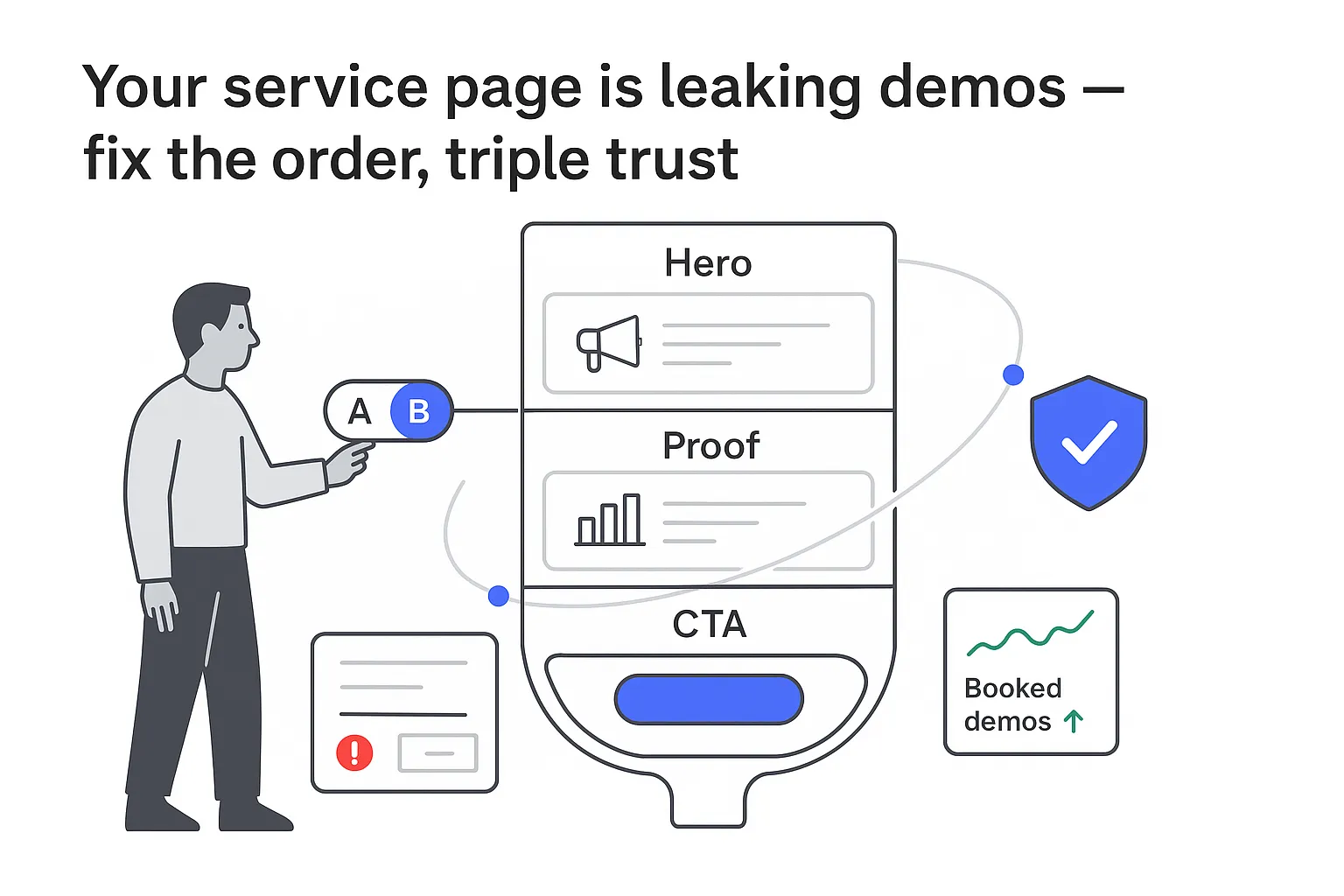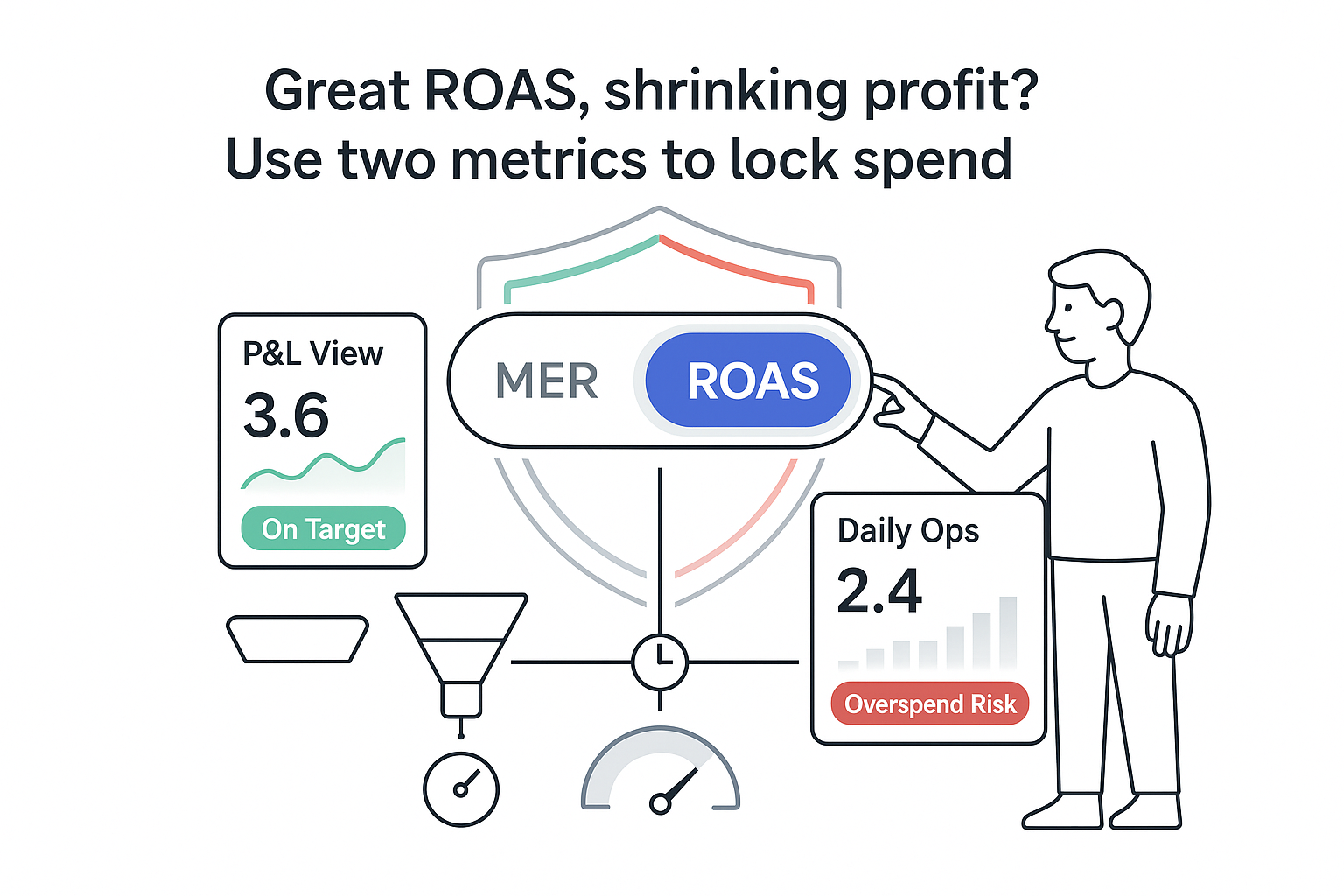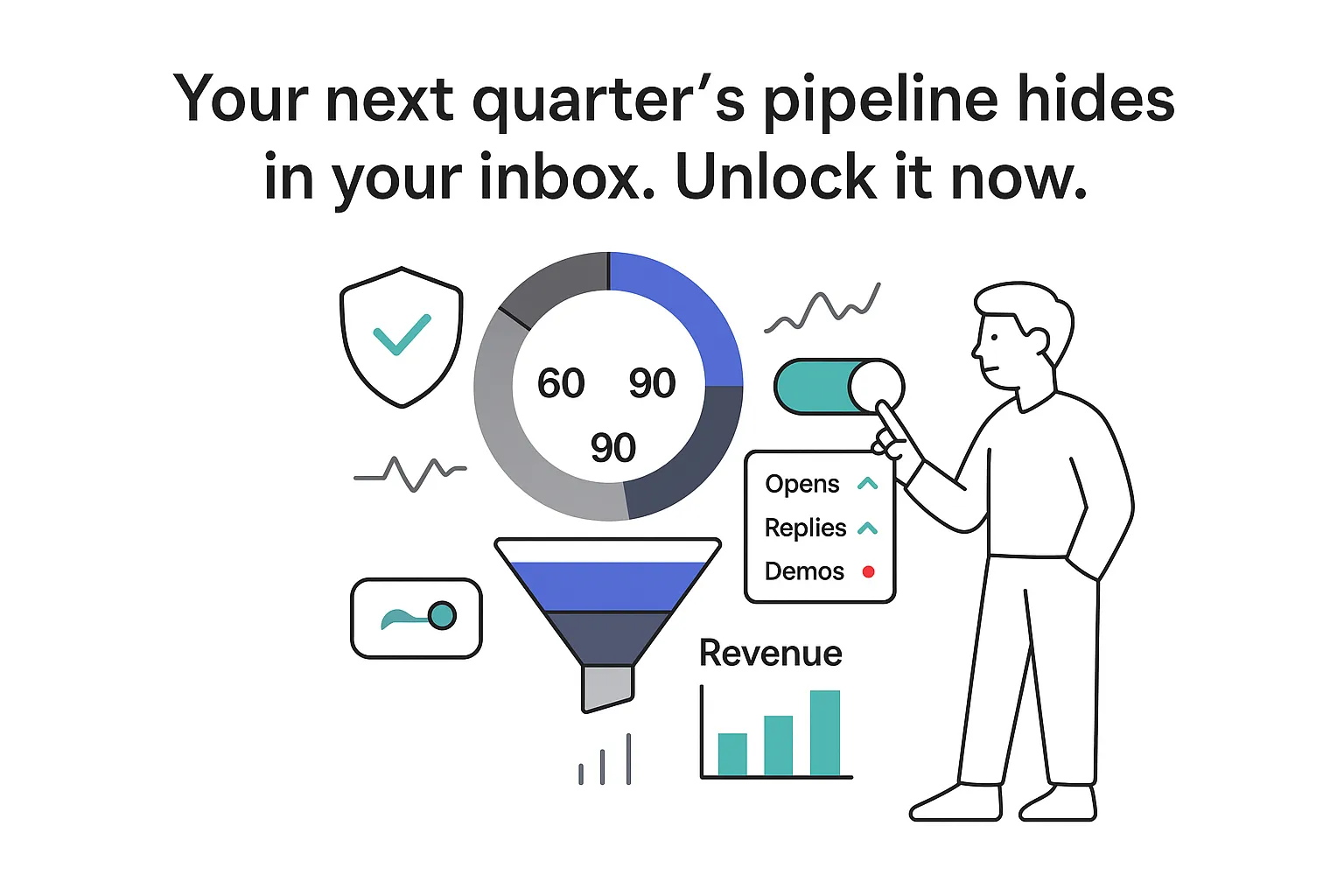You want website copy that doesn’t just sound good - it fills the pipeline. If you run a B2B service company, your pages need to do three things quickly: signal fit, prove value, and make next steps simple. I treat copy like a candid conversation: clear, honest, and focused on outcomes. It works on mobile, loads fast, and never buries the lead.

Above the fold that earns the click
I keep the hero ruthlessly focused: promise, proof, and one action. Make these elements unmistakable:
- One-line value proposition
- Ideal customer named upfront
- Specific outcome with a timeframe or cost/time saved
- Quick proof cue (logo row or a crisp stat)
- One primary call to action
Reduce friction nearby:
- Risk reversal options: pilot or cancel-anytime terms
- Timeline to value: what happens in week 1, week 2, week 4
- “What you’ll get” bullets that make deliverables explicit
If your offer is complex, add a short “How it works” strip under the hero with three steps. People want to see the path.
Example hero layout:
- Headline: “For mid-market IT MSPs, turn PPC into booked demos within 30 days.”
- Subheadline: “Includes keyword research, landing pages, analytics setup, and weekly optimization. Fixed fee. No lock-in.”
- Proof: “184 qualified demos in 90 days for a 40-person MSP.” Client logos below.
- CTA: “Get a 15-minute plan.”
Build pages in modules, ordered by buyer awareness
I think in modules. Each page earns attention by sequencing the right building blocks. Shorter sales cycles lean on speed and price. Longer cycles lean on clarity, risk removal, and deep proof.
Must-have modules:
- Hero: promise, proof, one action
- Services or benefits grid: what you do and how it helps
- Outcomes and proof: case stats, quotes, before/after
- Process explained: steps, owners, timeline, handoffs
- Pricing or engagement model: fixed fee, packages, pilot, or custom
- Objections and FAQs: address pushback with specifics
- Single focused CTA: repeat where it makes sense
Match the order to awareness:
- Problem-aware: speak to symptoms and stakes. Show a short path and the cost of waiting.
- Solution-aware: compare approaches and trade-offs. Explain how channels support each other.
- Product-aware: show why you. Share a mini case, a quick walkthrough preview, and clear next steps.
Add a “not for” note to qualify. Example: “Not a fit for agencies, one-off projects, or teams without CRM access.”
First-impression essentials:
- Headline formula: [Who] + [Outcome] + [Timeframe or Proof]
- “For B2B SaaS under 100 employees, generate sales-qualified leads in 60 days.”
- “Cybersecurity consultants: reduce paid CAC by 30 percent within 8 weeks.”
- Use the subheadline to explain the mechanism and fit. Mention the method in plain words. Add a short deliverables list.
Build trust fast:
- Category clarity in three words
- ICP cue words: size, industry, tech stack
- Compliance or security badges when relevant
- Case snippet with a real number and a timestamp
- Social proof near the fold (logos or headshots with names)
Make it scannable:
- Short lines, large type on mobile, and space around key points
- Compressed images
- Keep your hero under 2.5 seconds to fully load on a decent connection
Positioning by market maturity
Your market changes the message you need. If the market is mature, people have seen it all. Stand out with specificity: a niche, a speed advantage, explicit ROI math, or a clear guarantee.
For mature markets:
- IT MSPs: “Booked demos in 30 days with service-area pages and local PPC.”
- HR consultancies: “Cut cost per lead by half with industry landing pages and targeted LinkedIn.”
For newer or less defined markets:
- Educate with problem framing. Name the common pain and hidden cost.
- Introduce the method and why it’s different.
- Use a simple diagram or three-step walkthrough. Keep the jargon light.
Reflect how people buy in your space. If samplers or pilots are normal, say so. Match the model the buyer already trusts.
SEO that doesn’t dull your voice
I don’t choose between ranking and sounding human. Search engines reward helpful, clear, readable pages. Buyers do too. For a deeper primer, Here’s everything you need to know about SEO.
Research with intent
- Map 3–5 core services to one primary keyword each
- Add supporting intent terms that reflect use cases (lead quality, sales cycle, pipeline confidence, demo booking)
Avoid keyword overload. Use natural phrasing, synonyms, and questions you hear in sales calls. Write for scanners first; tune for search second.
Keep structure engaging
- Short paragraphs with descriptive H2/H3 labels
- Occasional bullets for clarity
- Skimmable proof blocks with real stats
Optimize for experience
- Fast load with compressed and lazy-loaded media
- Mobile-first layout with large tap targets and strong contrast
- Readability around grade 7–9
Build relevance with smart internal links
- Link service pages to case studies and back again
- Point to pillar content that explains your method
- Use anchor text that sounds natural
Quality over volume. One sharp page that helps buyers beats five thin pages every time. For more on acquisition, see Traffic Generation: The Ultimate Guide to Driving Traffic to Your Website.
CTAs that move buyers
One page, one main action. Secondary actions exist only to give hesitant visitors a lighter first step.
Set the primary CTA
- Keep it outcome-driven: “Book a consult,” “Get a 15-minute plan,” “See your 60-day pipeline plan”
Add one micro-CTA
- “See pricing overview,” “Read a short guide,” or “View a sample plan” for visitors who are curious but not ready
Place CTAs after proof and at key breakpoints
- After the hero
- After the first proof block
- After the process section
- Near the bottom
Boost confidence near the button with proximity proof
- Small logo row
- One-line testimonial
- A short stat with a timestamp
Use selective form fields
- Name, work email, website, one qualifier (e.g., monthly ad spend or traffic), and one goal dropdown
Set expectations near the form
- “Reply within 24 hours,” “Short agenda,” “No sales pitch”
- Test simple button variations, keep color contrast strong, and avoid cute labels that hide the next step
Want more ideas to lift conversions fast? Read 5 Tips to Improve Your Website Conversion Rate.
Test, measure, and iterate
Ship, learn, refine. I use tight cycles (two weeks works for most teams) and test one variable at a time for clean reads.
Track the right metrics
- Conversion rate to demo
- Qualified lead rate from form submits
- Scroll depth and time on page
- SERP click-through rate for the key page
Run focused A/B tests on
- Headline clarity
- Hero CTA copy
- Proof placement and format
- Offer framing: pilot vs plan vs assessment
Instrument the page
- Track traffic and conversions in your analytics suite
- Add heatmaps and session replays to see behavior
- Record key events with a tag manager
Tie in the SEO view
- Track rankings and impressions for primary keywords
- Watch assisted conversions from organic
- Review internal link performance and click paths monthly
Keep a simple test log: hypothesis, variant, winner, lesson learned. Most big lifts come from clearer offers, faster load, and stronger proof.
Quick answers to common questions
-
How long does B2B website copy take to impact conversions?
I usually see early movement within 2–4 weeks after shipping a sharper hero, stronger proof, and a cleaner CTA. Larger gains often show within 60–90 days as traffic stabilizes and tests run. -
What’s different about B2B vs B2C copy?
B2B must support longer cycles and more decision makers. That means more proof, clearer process, and real risk removal. The tone can still be friendly, but claims should be specific and verifiable. -
Should I prioritize SEO or conversion first?
Start with conversion. Make the page explain value, prove it, and convert. Then layer on SEO depth and internal links. Ranking a page that cannot convert is a costly path. -
How many CTAs should a service page have?
One primary CTA repeated at logical points, plus one micro-CTA for low-commitment visitors. More than that scatters focus. -
What proof works best for B2B services?
Quantified outcomes with timeframes. “38 percent lower CPL in 7 weeks.” “22 SQLs in month one.” Include client names when possible, or at least industry and size. Pair a number with a short quote. -
How do I adapt copy for different buyer awareness levels?
Use the top sections for problem- and solution-aware visitors. Add deeper details and comparisons lower on the page for product-aware visitors. A “not for” note helps filter. -
What should I test first on a landing page?
Headline clarity, hero CTA copy, and the first proof block. These tend to drive the biggest lift.
Putting it all together
I start with a sharp hero that names the buyer and the outcome. I show proof right away, explain the steps and engagement model, cut fluff, keep the page fast on mobile, and use one clear action. Then I measure and adjust. Timing matters too: many B2B buyers plan budgets in Q4 and Q1, so publishing with crisp proof and a clear entry path right before planning cycles can turn good copy into steady pipeline.







.svg)